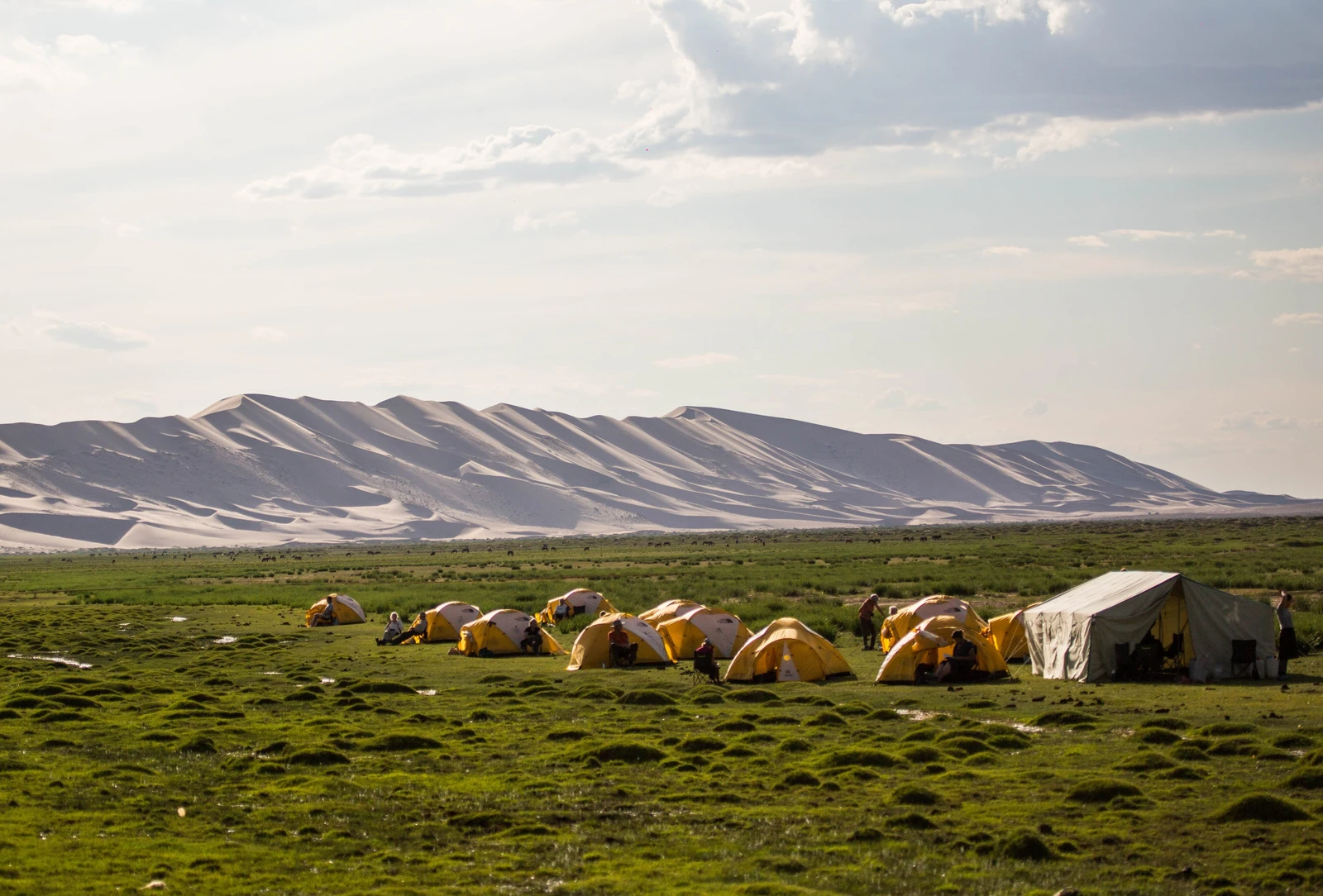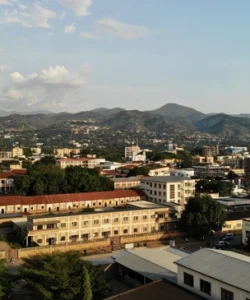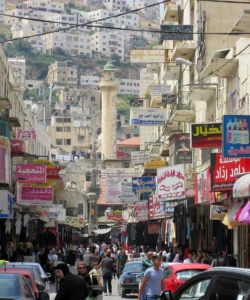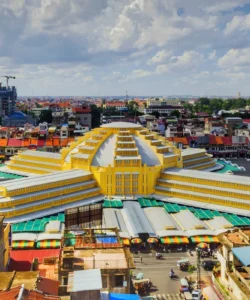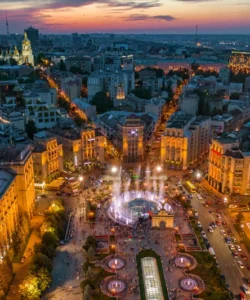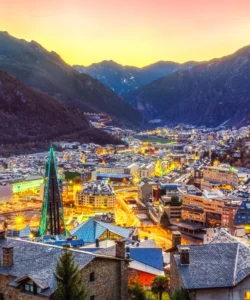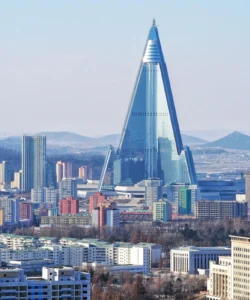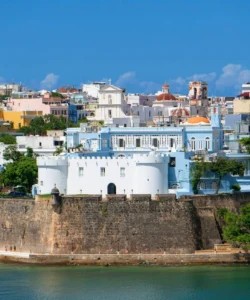The Gobi Desert is a vast and unique desert region stretching across Central Asia, primarily covering southern Mongolia and northern China. Far from the stereotypical image of endless sand dunes, the Gobi is a diverse landscape of rocky plains, mountains, steppes, and only a small percentage of sand. Its name, “Gobi,” means “waterless place” in Mongolian, aptly describing its arid nature.
![]()
Name: Gobi Desert (Mongolian: Говь, Govi; Chinese: 戈壁, Gēbì)
Location and Size:
The Gobi Desert spans an enormous area of approximately 1.3 million square kilometers (500,000 square miles), making it the largest desert in Asia and the fifth-largest in the world. It stretches roughly 1,600 km (1,000 miles) from southwest to northeast and 800 km (500 miles) from north to south.
How to get there:
Accessing the Gobi Desert typically involves traveling to either Mongolia or China.
- From Mongolia: The most common way to experience the Gobi from Mongolia is by flying into Ulaanbaatar (capital of Mongolia) and then taking domestic flights or organized overland tours to specific Gobi regions like the South Gobi (Ömnögovi Province), famous for its “singing dunes” (Khongoryn Els) and Flaming Cliffs (Bayanzag). Tours usually involve 4×4 vehicles and staying in traditional ger (yurt) camps.
- From China: From China, you can access the Gobi through various cities in Inner Mongolia or Xinjiang provinces. Lanzhou or Dunhuang are common starting points for exploring parts of the Gobi along the ancient Silk Road routes. Travel often involves a combination of trains, buses, and private vehicles.
Landscape and Architecture:
The Gobi’s landscape is incredibly diverse, defying the popular image of a sand-filled desert:
- Rocky Plains and Gravelly Landscapes: The vast majority (around 95%) of the Gobi is composed of barren, exposed rock, gravel plains, and semi-desert steppes. These extensive stretches are often dotted with sparse vegetation.
- Sand Dunes: While not dominant, there are significant sand dune formations, most notably the Khongoryn Els (Singing Dunes) in Mongolia, which stretch for over 180 km and can reach heights of 80 meters. These dunes are known for the “singing” sound produced by the wind blowing over them.
- Mountains and Canyons: The Gobi is fringed and interspersed with various mountain ranges, such as the Altai Mountains and the Tian Shan range. These ranges create dramatic canyons, including Yoliin Am (Eagle Valley), which surprisingly holds ice even in summer in its deepest parts.
- Oases and Seasonal Rivers: Although arid, the Gobi does have scattered oases and ephemeral rivers that flow primarily during the summer monsoon season. Subterranean water sources are crucial for sustaining life.
- Flora: Vegetation is sparse but adapted to arid conditions, including rough grasses (like bridlegrass and needlegrass), low bushes (such as saltwort and sagebrush), pea shrubs, and Siberian elms near water sources.
- Fauna: Despite the harsh conditions, the Gobi supports a variety of resilient wildlife, including the iconic two-humped Bactrian camel, Mongolian wild ass (kulans), various gazelle and antelope species (dzheiran and dzeren), wild sheep and goats, and elusive predators like the snow leopard and the critically endangered Gobi bear (Mazaalai). Birds of prey like golden eagles also soar overhead.
There is no “architecture” in the traditional sense within the vast desert, but rather the temporary, nomadic dwellings of the local people – the gers (yurts) – which are circular, portable felt tents perfectly suited to their migratory lifestyle.
What makes it famous:
The Gobi Desert is famous for several unique characteristics:
- Extreme Temperatures: It’s a “cold desert” or “continental desert,” experiencing drastic temperature fluctuations. Summers can be scorching (up to 45°C or 113°F), while winters are brutally cold (dropping to -40°C or -40°F). It’s one of the few deserts in the world where sand dunes can be covered in snow.
- Dinosaur Fossils: The Gobi is a paleontological treasure trove. It gained international fame in the 1920s when American explorer Roy Chapman Andrews discovered the first confirmed dinosaur eggs at the Flaming Cliffs (Bayanzag), along with numerous other well-preserved dinosaur skeletons.
- Home of the Nomads: It’s home to resilient nomadic people, primarily Mongols, who have adapted to the harsh environment for centuries, raising livestock (sheep, goats, camels, cattle) and moving with the seasons.
- Silk Road History: The Gobi played a crucial role as part of the ancient Silk Road, with several important trading cities and routes passing through its vast expanse, connecting East and West.
- Unique Wildlife: It’s the habitat for several rare and endangered species, most notably the wild Bactrian camel, the Gobi bear, and the Mongolian wild ass.
- Diverse Landscapes: Its unexpected variety of landscapes – from towering sand dunes to ice-filled canyons and rocky mountains – sets it apart from more uniform deserts.
Differences from some other wonders:
The Gobi Desert differs significantly from other global “wonders” in several ways, particularly other deserts:
- Climate (Cold Desert): Unlike hot deserts such as the Sahara Desert (North Africa) or the Arabian Desert (Middle East), the Gobi is a cold desert. While summer days are hot, its high latitude and elevation lead to extremely cold, harsh winters with significant snowfall and frost. The Sahara, located near the Tropic of Cancer, is characterized by consistently high temperatures year-round.
- Landscape Composition: The Gobi is predominantly a rocky, gravelly desert and semi-desert steppe, with sand dunes making up only about 5% of its total area. In contrast, deserts like the Sahara are often associated with vast, undulating seas of sand (ergs), although they also contain rocky areas.
- Formation (Rain Shadow): The Gobi is primarily a rain shadow desert, formed because the towering Himalayan Mountains block moisture-laden monsoon winds from reaching the region. Many other deserts, especially hot deserts, are formed due to global atmospheric circulation patterns (subtropical high-pressure belts).
- Paleontological Significance: The Gobi’s unparalleled wealth of dinosaur fossils, especially from the Late Cretaceous period, makes it unique among deserts. While fossils are found in other arid regions, the sheer volume and preservation quality in the Gobi are exceptional.
- Nomadic Culture: The Gobi is inextricably linked with the nomadic culture of Mongolia, with traditional ger camps and camel herding being integral to the desert experience. This strong, living cultural aspect is often less prominent in other large deserts that might be more sparsely populated or have different historical uses.
- Biodiversity in Extremes: While seemingly barren, the Gobi’s ability to support rare and highly adapted large mammals (like the Gobi bear and wild Bactrian camel) in such extreme conditions is a unique ecological feature compared to some other deserts.
In essence, the Gobi Desert is a remarkable and rugged “cold” wilderness, not only a natural wonder but also a profoundly important site for paleontology and a living testament to a unique nomadic way of life.
